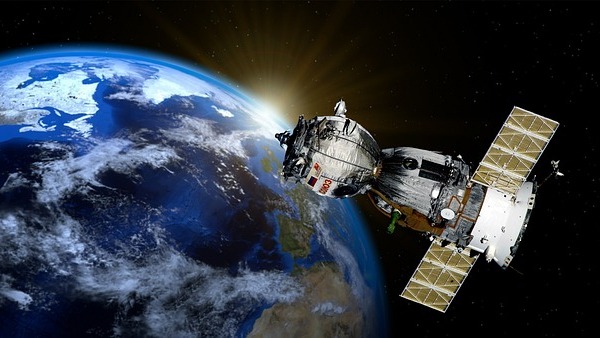
Starlink: Bridging the Digital Divide
Since its inception, Starlink has rapidly transformed the landscape of internet connectivity, particularly for underserved rural and remote areas. Unlike traditional broadband that often leaves these regions in the slow lane, Starlink's high-speed satellite internet makes it possible for even the most isolated locations to get online with reliable service. This advancement is crucial as the digital divide continues to be a pressing issue globally, leaving millions without access to the benefits of the internet.
A Closer Look at Satellite Deployment
With over 6,300 satellites deployed, Starlink has established one of the most extensive networks in the satellite internet domain. This ambitious strategy has enabled significant global coverage, ensuring that more users can access affordable, high-quality internet service. Compounded with inter-satellite laser link technology, which enhances data transfer capabilities, Starlink can facilitate a whopping 42 petabytes of data transmission daily, a feat unmatched by other competitors in the satellite sector.
The Financial Health of Starlink
Starlink's impressive growth trajectory is notable with projections exceeding $6.6 billion in revenue by the end of 2024. This financial stability points toward not only the demand for high-speed connectivity but also Starlink's ability to adapt and expand its offerings. From individual home internet plans to specialized mobility and enterprise solutions, Starlink seems well-poised on the brink of achieving profitability, a remarkable turnaround for a service that launched just a few years ago.
Comparative Advantages in Satellite Internet
What truly sets Starlink apart from other satellite internet providers is its low latency, critical for applications like video conferencing and gaming. In comparison to traditional satellite internet, which often suffers from higher latency, Starlink’s service ensures smoother and faster interactions for users. This makes it an increasingly popular choice for individuals and businesses requiring reliable internet service.
Potential Challenges Ahead
Despite its advantages, Starlink faces challenges that cannot be overlooked. One significant concern is its higher cost compared to traditional broadband providers, which can be a deterrent for some users. Moreover, the reliability of service can be affected by adverse weather conditions, which may disrupt connectivity. As the service continues to evolve, these factors will be critical to address to retain customer satisfaction and expand market reach.
The Future of Internet Connectivity
Looking forward, Starlink’s innovations signal a transformative phase in how we perceive internet access. As the service improves and expands, it has the potential to reshape economic opportunities, particularly in regions where broadband is non-existent. For students, remote workers, and rural businesses, reliable internet could mean the difference between isolation and connection, propelling communities toward new growth.
 Add Row
Add Row  Add
Add 




Write A Comment